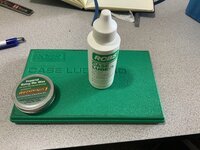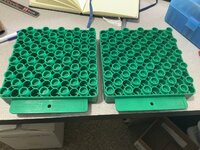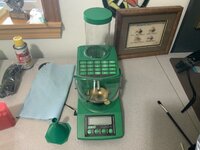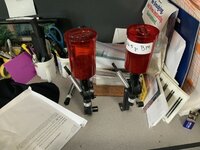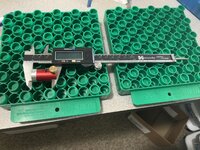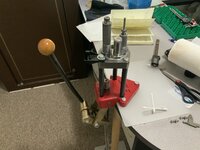- Messages
- 4,279
- Reactions
- 10,739
I don't size new brass, either. I'll put a little Redding Imperial Sizing Wax on a Q-Tip and VERY lightly lube the inside of the necks and run them over the expander ball on the sizing die. Just to true the neck, no more. Then another quick swipe with a dry Q-Tip around the inside of the neck and Bob's your uncle.






